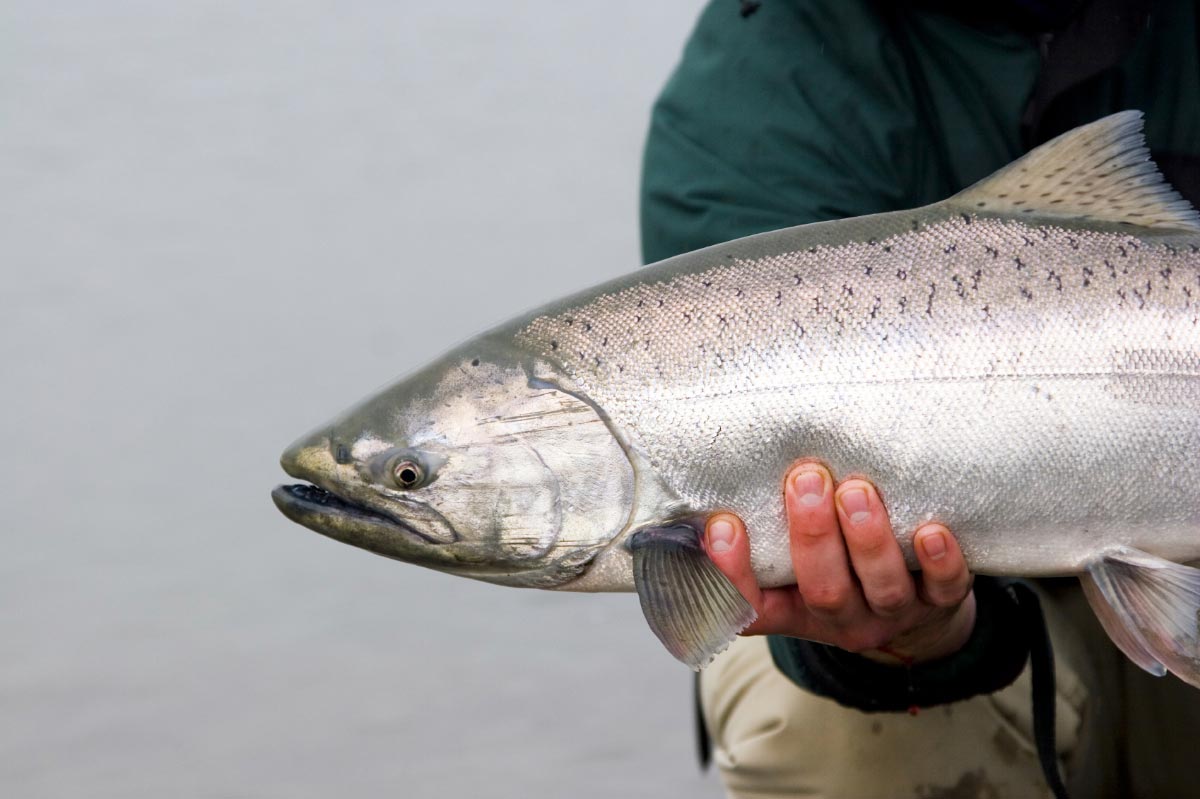People who follow the Paleo diet should consume more fish to truly eat like a caveman, study finds
04/22/2018 / By Michelle Simmons

Researchers at Lund University in Sweden uncovered what cave dwellers ate in southern Scandinavia during the Paleolithic period. In their study, they found that a large part of the Stone Age people’s diet was composed of fish.
The researchers – who are osteologists, in particular – combined chemical analyses of human bones from more than 80 individuals, whose skeletons are the earliest discovered in Scandinavia, together with osteological analyses of animal bone material. Their study is a part of a doctoral thesis that has used different techniques to evaluate the importance of fishing for the people who settled in southern Scandinavia thousands of years after the ice from the last ice age had melted away.
The study demonstrated that although fish was a highly significant protein source on the Swedish west coast, it appeared that seals and dolphins were more important for the first pioneer settlers. Additionally, fishing increased as a source of protein after an initial focus on hunting aquatic mammals.
At Norje Sunnansund, the settlement outside Sölvesborg in Sweden, just more than half of their protein intake came from fish, 10 percent from percent from seals, and about 37 percent from land mammals, including wild boar and red deer, and three percent from plants, such as mushrooms, berries, and nuts. Meanwhile, on the Gotland island, around 60 percent of the total protein intake came from fish, while nearly 40 percent of the protein intake came from seals. This island did not have any land mammals except hares.
Contrary to their initial belief, fishing was dominant during those years. It was relatively stationary compared to the hunting of land mammals, indicating that settlements appeared in Scandinavia much earlier than previously believed.
They also divided the individuals based on where they live: in marine environments and freshwater environments. They found that those who lived in freshwater environments, the protein intake mostly comes from different types of carp fish species, perch, pike, and burbot. On the other hand, the protein intake of those who lived in marine environments was dominated by cod, although herring, saithe, haddock, spiny dogfish, and place were also important. Migratory fish, such as eel and salmon, did not account for a large proportion of food intake.
“What’s interesting is that the values from the people in the various groups do not overlap. This indicates that the groups had limited mobility and mostly lived on a local diet,” explained Adam Boethius, one of the study researchers.
They also found that people become more reliant on fishing over time and that some areas were more densely populated than initially thought. Although fish can be caught in most lakes, some places were especially favorable because people began to settle and create their own territory. As fish became more important, the division of land started. Those groups that did not settle in one place continued to move around in search of food.
“In the long term this leads to increasing ‘costs’ for foraging strategies and an increasing tendency to settle is to be expected, as it becomes the best alternative,” Boethius concluded.
Why do people follow the Paleo diet?
The Paleo diet is increasingly becoming popular today. People adhere to the diet to lose weight or maintain a healthy weight, mostly because food choices are limited. Since this diet does not include eating highly processed foods, you are more likely to eat a clean diet without additives, preservatives, or chemicals. Moreover, plants also take a large part of this diet, and plants provide anti-inflammatory benefits. In addition, it may improve your satiety because of the higher intake of protein and fats. (Related: Paleo Diet: What makes it a great diet phenomenon?)
Read more news stories and studies on other types of diets at Detox.news
Sources include:
Tagged Under: Caveman, caveman diet, diet, discovery, fish, fish consumption, fish intake, food, food science, ingredients, paleo diet, protein



















